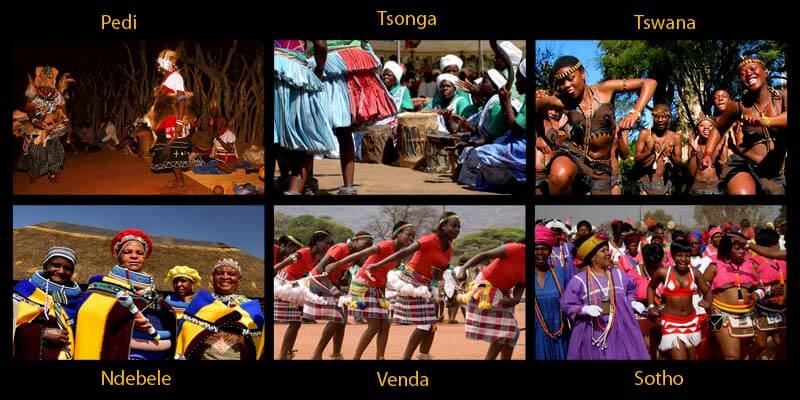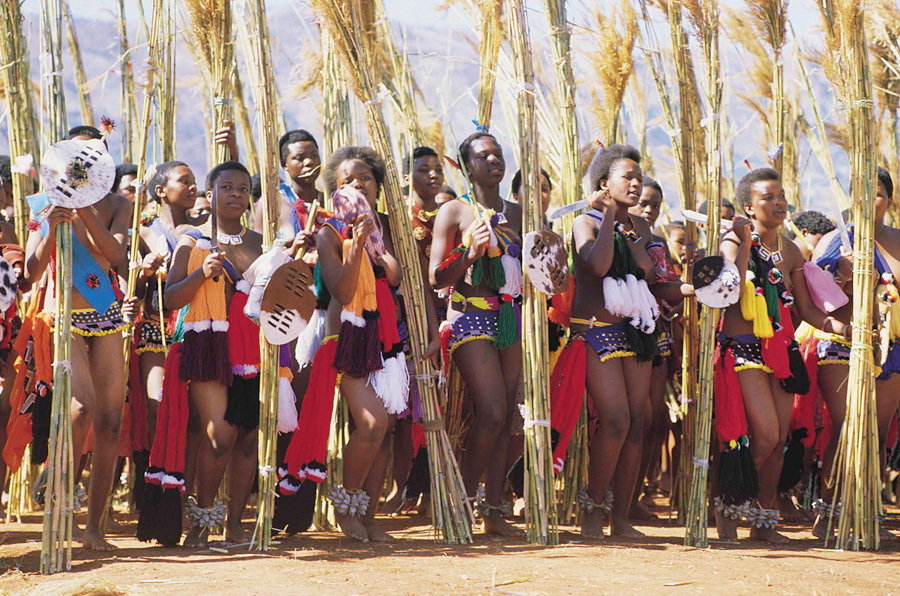Unknown Facts About South African Culture Today
Unknown Facts About South African Culture Today
Blog Article
The Buzz on South African Culture Today
Table of ContentsThe Main Principles Of South African Culture Today South African Culture Today - The FactsSouth African Culture Today for BeginnersWhat Does South African Culture Today Do?Some Ideas on South African Culture Today You Should KnowThe smart Trick of South African Culture Today That Nobody is Discussing

The and sheep as well as of individuals with guards and spears, in their paintings. Regrettably, hunter-gatherers can not live completely along with a worked out community and hence troubles developed. When the San fought against the BaNtu, they were at a substantial negative aspect not just in numbers but additionally in absence of tools.
The Europeans possessed equines and guns. In this duration, the variety of San was greatly minimized. South African culture today. They battled to the fatality and favored fatality to record where they.Colonialism damaged the San migratory way of living, they were no much longer enabled to wander openly and prize seekers damaged the substantial herds of game that formed their principal supply of food

Particular individuals might presume leadership in certain rounds in which they stand out, such as hunting or recovery rituals, but they can not attain placements of general impact or power. White homesteaders found this extremely confusing when they attempted to. Leadership amongst the San is kept for those that have lived within that team for a long time, who have actually accomplished a reputable age, and good personality.
Land is generally owned by a team, and legal rights to land are usually inherited bilaterally. Kinship bonds give the. Subscription in a group is determined by residency. As long as a person survives on the land of his team he maintains his membership. It is feasible to hunt on land not possessed by the group, yet permission should be acquired from the proprietors.
South African Culture Today Fundamentals Explained
They do a reasonable quantity of trapping, the finest approach of searching is with bow and arrow. The San arrow does not eliminate the animal directly away. It is the harmful poison, which eventually causes the fatality. In the case of small antelope such as Duiker or Steenbok, a number of hours might expire before death.
Water is difficult to come by, as the San are frequently on the step. Normally during the dry period, these migrants accumulate their dampness by scraping and squeezing origins - South African culture today.
A caterpillar, reddish yellow in colour and concerning three-quarters of an inch long, called ka or ngwa is likewise utilized. The poison is extremely toxic and is greatly been afraid by the San themselves; the arrow factors are for that reason reversed so that the toxin is securely contained within the reed collar.
The poison is neuro hazardous and does not infect the entire animal. The San additionally dug mistakes near the larger rivers where the game came to consume alcohol.
South African Culture Today - The Facts
These pitfalls were skillfully covered with branches, which resulted in the animals walking over the pit and falling onto the stake. When capturing tiny animals such as hares, guinea chickens, Steenbok or Duiker, or fibre from plants were made use of. These had a running noose that suffocated the pet when it tipped into the snare to collect the food that had actually been placed inside it.
Aardvark holes are used by small dollar as a relaxing location to run away the noontime sun. The seeker waited patiently behind the hole until the pet left.
Some Known Factual Statements About South African Culture Today
If the ground is bare and open, he will certainly creep on his belly, in some cases holding a little bush before him. Hunters bring a skin bag slung around one shoulder, containing personal valuables, toxin, medicine, flywhisks and extra arrowheads. They may likewise lug a club to throw at and stun little video game, a lengthy probing adhere to essence hares from their burrows or an adhere to dig out Aardvark or Warthog.
According to San custom, they were welcome to share the meal and would, in the future, need to react similarly. Plant foods, gathered by the womenfolk, are not shared yet eaten by the woman's immediate family. The San utilize over 100 edible species click of plant.
Children stay at home to be supervised by those remaining in camp, but nursing children are carried on these celebration journeys, read the full info here including in the tons the females have to lug. Up until just recently, most amateur and professional anthropologists looked at a rock painting of the San and thought that they could analyze it without any type of problems.
Females sometimes assist in the search and the guys often aid gather plant foods. When medicine man (medicine guys) repainted an Eland, they did not just pay regard to a sacred pet; they also used its significance (N!um). By placing paint to rock, they would certainly have the ability to. San rock paintings are located in rough areas of the KwaZulu-Natal, Eastern Cape and the Western Cape provinces (South African culture today).
The Only Guide for South African Culture Today
Manganese oxide and charcoal were made use of for black; white, which does not maintain well, was most likely obtained from bird droppings or kaolin. The blood of an Eland, a pet of great religious and symbolic relevance, was commonly mixed into the colour pigments.
Human numbers are stylized and illustrated as having long strides and the animals are either trotting or leaping, or, more discreetly, flicking a tail or twisting a neck. The majority of the paintings have an underlying spiritual style and are thought to have been depictions of religious ceremonies and routines. The San idea system normally observes the supremacy of one powerful god, while at the very same time acknowledging the presence of lesser gods along with their other halves and youngsters.
Among some San, it is thought that working the dirt is contrary to the world order developed by the god. The most important spiritual being to the southern San was/ Kaggen, the trickster-deity. He developed several points, and shows up in countless misconceptions where he can be silly or sensible, tedious or handy.

/ Kaggen is not constantly a look at this site praying mantis, as the mantis is only one of his manifestations. He can additionally develop into an Eland, a hare, a snake or a vulture - he can think many kinds. When he is not in among his animal kinds,/ Kaggen lives his life as a regular San.
The 10-Minute Rule for South African Culture Today
As soon as caught, the Eland is skinned and the fat from the pet's throat and collarbone is made right into a broth. The females of the people do the Eland Bull Dancing where they copy the mating practices of the Eland cows.
Report this page